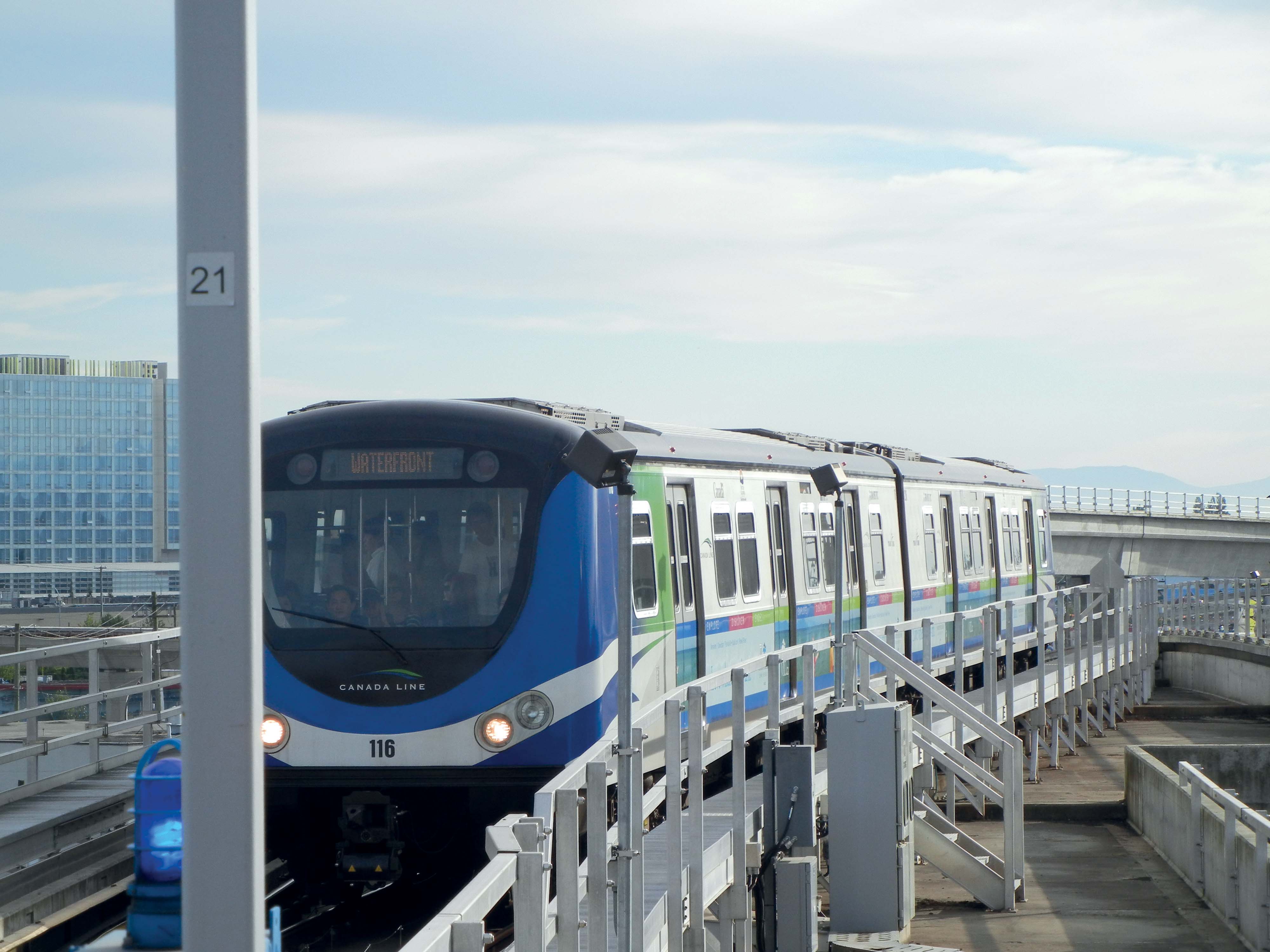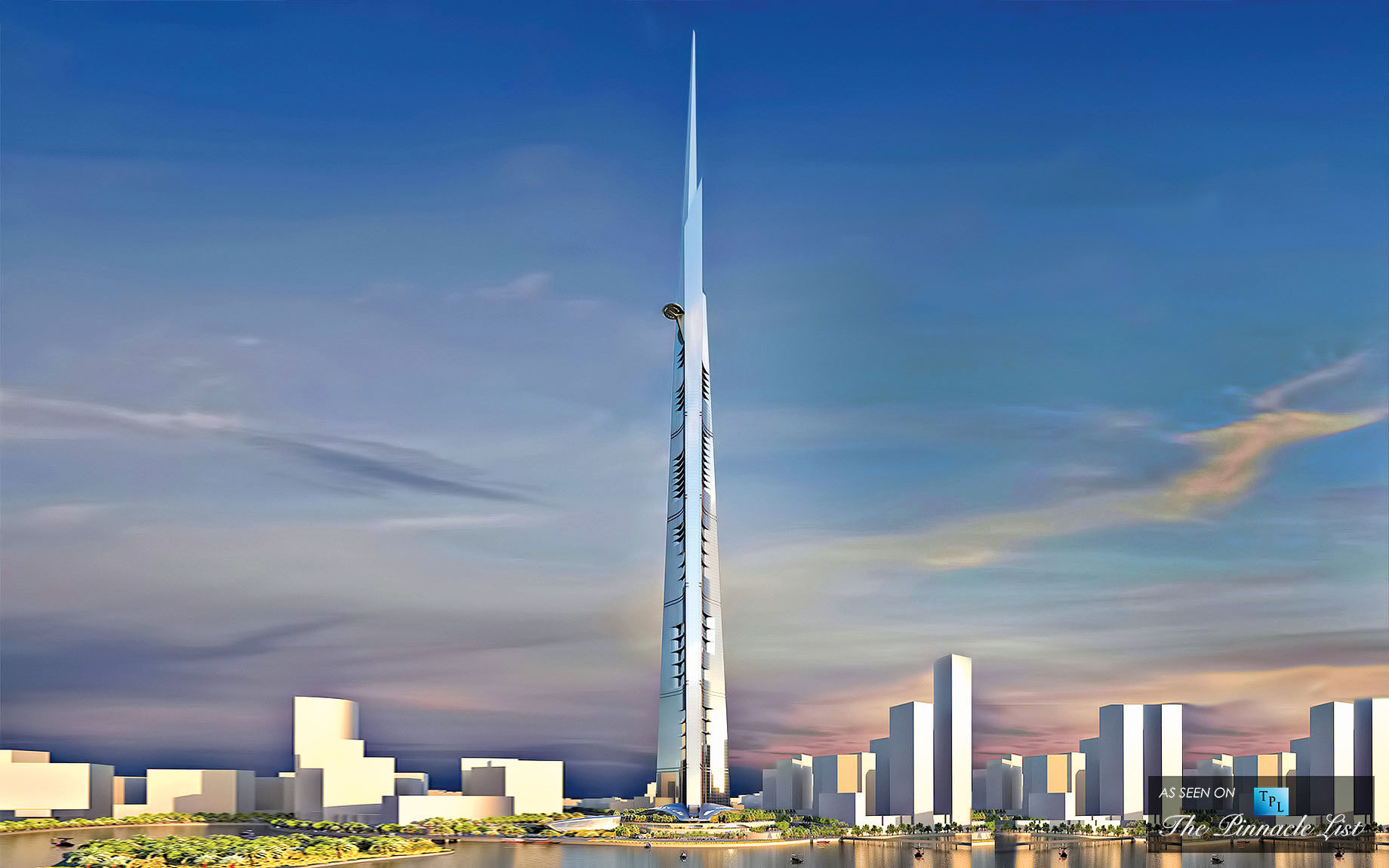
A marriage of transit, technology and culture is taking shape in Minneapolis, with ITS systems vital to hopes for a sustainable development centred on a hub of public transportation.
Construction started in July this year on ‘The Interchange’ – a station in the Midwest US city of Minneapolis claimed as the most spectacular expression yet of the fast-spreading North American concept of transit-oriented development (TOD). Due for completion in 2014, the Interchange is designed as a multi-modal public transport hub, architectural landmark gateway, an ‘urban park’ cultural and leisure destination centred on a ‘Great Lawn’.The idea of TOD is to generate economic development by building a major transportation hub first, to attract residential and commercial development, rather than the other way around. Minneapolis’ Interchange will link three commuter rail routes – the Hiawatha Light Rapid Transit Blue Line, Northstar Commuter Rail and the Central Corridor LRT Green Line currently under construction, with more than 500 trains arriving and departing daily. It will also be the hub for two planned high-frequency ‘transitway’ commuter services and a proposed high-speed rail line from Chicago to the ‘twin cities’ of Minneapolis and St Paul.
Optimising transit use
The Interchange will connect cycle routes and more than 1,900 daily bus operations, their performance boosted by improved passenger information, traffic signal priority and bus hard shoulder running in combination with ITS deployment. It aims to optimise transit use both by commuters – as their numbers increase with completion of new residential developments – and visitors to new leisure attractions, so reducing congestion and pollution on the city’s roads.Minneapolis is the county seat of Hennepin County, which has joined up with the county’s Regional Railroad Authority (set up to preserve abandoned rail corridors for future transport use), Housing & Redevelopment Authority and the transit operator
Nexus of transit and culture
Architect for the scheme is EE&K with“We believe that integrating transit facilities with the surrounding urban fabric is not only central to producing a superior passenger
experience, but also the most effective approach to leveraging the value of transit. The Interchange will be the nexus of transit and culture in Minneapolis, a high-quality series of places.”
Once completed, the scheme will crown a progressive programme of ITS investment. Passenger information, fare payment and security camera arrays are all being closely integrated into the design. Real-time information for metro users is already partially operational on the North Star route; the Hiawatha line is being retrofitted; and the new Green Line linking Minneapolis and St Paul will be equipped from the outset.
Metro Transit has so far achieved around 50% take up of its Go-To transit payment smartcard system, supplied by
Within the city, a trial has also been carried out, at a selection of stops, of real-time bus departure information displays fed from Metro Transit’s NexTrip system, which is powered by an automated vehicle location system supplied by
These stops are getting a high number of requests, with usage up twelvefold between February and July 2012, according to agency spokesperson John Siqveland. A follow-on programme is extending the system to 800 bus shelters.
Shoulder running buses
Metro Transit also operates the US’ largest bus-only freeway hard shoulder running system, covering 480km and used by the agency’s vehicle fleet on about a half of all routes. Criteria for long-term operation includes achieved savings of at least five minutes per km in travel time.Available shoulders are indicated by static signs. Safety monitoring is by transit control centre supervisors who constantly track the buses and have situational awareness of regional traffic and weather conditions, which they can communicate to drivers. The policy now is to design bus-quality shoulders into new or rebuilt freeways, to create transit capability at marginal cost.
Added incentives
Metro Transit has stepped up its efforts to encourage more patronage of transit services. The agency has recently introduced online reimbursement for users of its back-up Guaranteed Ride Home service. This benefits commuters who regularly avoid lone driving to work or school at least three times per week and have an e-mail address and internet access. When circumstances, such as unavailability of a regular ride-match or carpool arrangement, force them to pay for a journey that they would otherwise not have needed, they can use their Go-To card to make the trip and claim reimbursement via their online account.
Metro Transit has also upgraded its annual Commuter Challenge prize draw, designed to encourage twin cities residents to try alternative options to driving alone, such as ride sharing, transit, cycling, walking or teleworking on at least one day per week over a three-month period.
Those willing to extend the challenge can use a Trip Tracker online calendar to track their journeys by day, mode and distance in order to calculate their fuel savings and carbon reductions. For 2012, Metro Transit has improved the system to allow entrants to track journeys using more than one mode – by riding a bike or carpooling to a transit stop; enter a regular weekday commute; review their commuting history; and export data to an Excel or comma-separated values (CSV) file.
Commuters’ Trip Tracker account also enables them to take part in ride matching. Year-on results indicate 24% of participants are continuing to use their new travel options ‘just about every day’ according to Metro Transit. One initiative that has not taken off as well as expected is a personal location-funding trip planner for incorporation into company websites. Most of the 100 or so adopters to date have been institutions and tourism destinations rather than the anticipated commercial concerns. Siqveland concludes: “The Interchange will make people see public transit in a new way. Our ITS technology will make it easy for them to take full advantage of it.”
Transit-oriented development
US-style TOD describes a compact blend of mixed housing, retail and commercial development, and public amenities integrated into a walkable neighbourhood within 0.8km of high-quality public transport. It aims to reduce urban car travel, increase ridership and fare revenues and raise property values in response to easier accessibility.
A national market study by the Center for TOD has found that, by 2030, almost a quarter of all US households are likely to want higher-density housing close to transit services. It forecasts particularly high demand in Los Angeles, Dallas, Miami, Portland (Oregon) and Washington DC, with growing roles for new streetcar networks.
Center president Scott Bernstein told ITS International he sees TOD as the preferred real estate format of the future, with convenient transit cutting living costs. (The Center estimates that, while the average US family spends about 19% of its household budget on transportation, with those in auto-dependent neighbourhoods spending 25%, those in walkable neighbourhoods with good transit access spend 9%). He views ITS deployment as a critical component for attracting ridership and aggregating transit demand.












